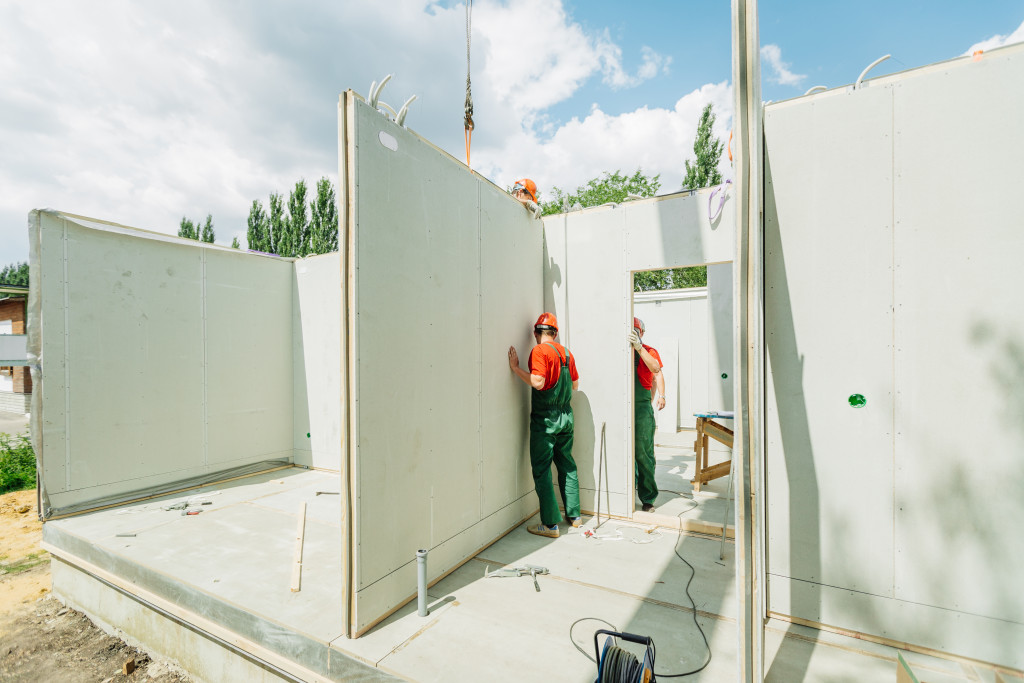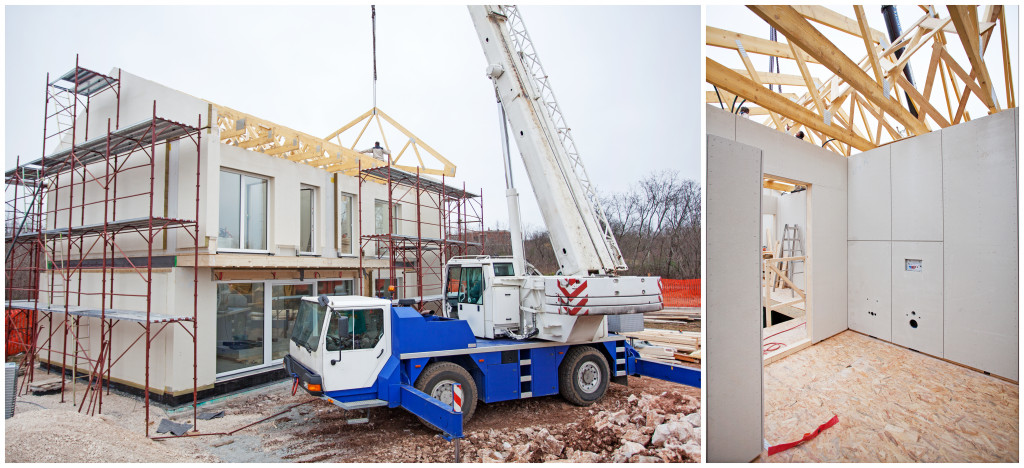We’ve seen it on real estate, home, and lifestyle TV shows. They pop out in the most random places like an uninhabited grassland, maybe with a couple of cows or sheep lurking about or propped against the most unconventional spots like a ridge or a rock formation by the sea. Individuals who have some more wealth to invest in real estate have even jumped on the bandwagon to put up these quirky prefab villas in unique locations for renters to spend their staycations in.
Prefabricated houses, some are manufactured mobile ones while others are a combination of pre-made modules, are growing in popularity not only because they are so eye-catching, but they exhibit top-notch craftsmanship to be able to sturdily stand even on uneven ground.
Although they come in many shapes and sizes as manufacturers have unique practices and materials they prefer to use, the charm of prefabricated houses lies in their ready-built nature. Just set up your foundation and lot and, voila, you’re ready to move in. But, prefabricated homes offer more than face value as compared to stick-built homes.
Here are just salient points a new homeowner could consider when deciding to go for the traditional or with the growing prefab home crowd:
Power-Saving
As prefab home builders are equipped with sophisticated machinery in the factory, they can bind together structural components like metal beams, frames, insulating material, and plywood almost perfectly. That way, if the walls are stacked together, there hardly are gaps between them, and windows are likewise sealed shut. Such flawless build not only helps insulate indoors from the harsh day heat but also keeps cool air from escaping.
Not many people realize this, but even the gap between a shut door and the floor beneath it, which allows cool AC air to escape requires the unit to cycle more cool air into the supposedly closed system and significantly increases power consumption. Prefab homes, usually being space-savvy which help efficiently concentrate cool air, almost ultimately eliminate this problem.
Many prefab home builders have also perfected the integration of solar panels onto roofings making it possible for all appliances to be solar-powered. As prefab homes require bigger upfront costs, opting for the installation of solar panels could add to the burden. But, the savings, in the long run, is worth it.
Economical

Prefab home factories usually keep a bulk of raw materials in stock. Because of this, they gain access to suppliers who are willing to sell to them at wholesale prices. This hugely differentiates prefab homes from traditional ones, for which your contractor procures only the amount of materials your house project needs and, usually, at whopping retail prices. Also, for this reason, prefab homes are cheaper than traditional ones by $110 per square foot, that’s if you already got the contractor fees, lot, foundation, and utility connection covered.
With nimble practices, prefab home factories can complete a house with the least labor costs like personnel and the number of days involved. Likewise, the ready-built house can be installed on-site in as fast as a few hours and with little manual labor involved.
A younger generation with a lower average salary relative to bursting housing inflation rates raises the preference for smaller and cheaper homes. In both criteria, prefab homes surely pass. To add to that are growing home-owning sentiments due to major life plans getting canceled due to the pandemic.
Sustainable
From the get-go, prefab homes are built with utmost care for scarce resources and consciousness for limited space. Manufacturers use recycled yet still premium-quality wood and roof panels. They also avoid the use of volatile organic compounds or VOC construction materials that emit hazardous chemicals to the environment.
Others have also intuitively sought ways to prevent premature water damage as well as conserving rain and discarded water by integrating catching systems into the house’s structure. Recent innovations allow for solar-powered water heaters, which is another win for the homeowner as it is proven to reduce energy consumption by over 70 percent. More importantly, it significantly curbs its carbon footprint in the environment.
Getting a house prefabricated by a manufacturer would be a great choice, especially if your values align with theirs. For instance, if you desire to live more intentionally, your contractor would easily understand your need for a room that converts to many things or highly visible storage to keep visual clutter to a minimum. Take for instance a kitchen that turns into a home office and with just the perfect amount of shelving for all the things that you do need and use.

